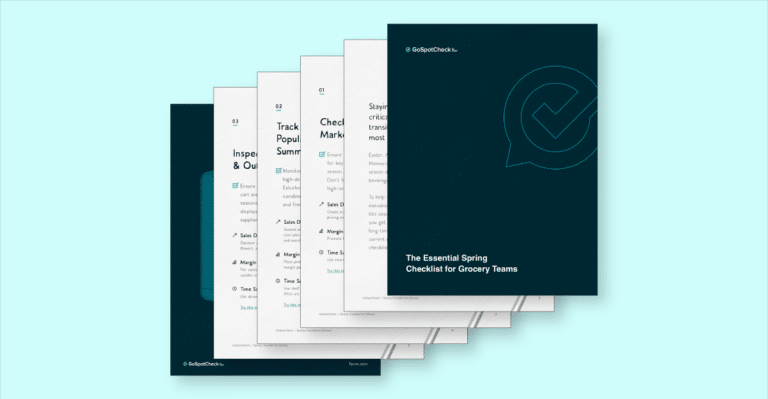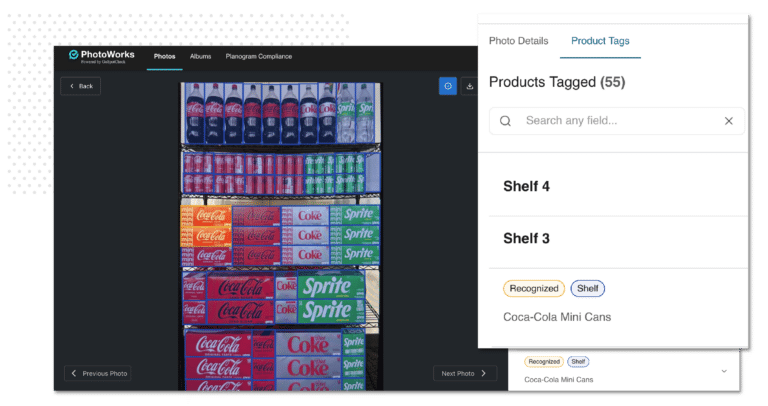The Occupational Safety and Health Administration (OSHA) reports that 14 people die every day due to work-related injuries.
Nearly three million non-fatal workplace injuries annually result in an average of eight days of recovery time per worker. OSHA estimates that the total cost of both fatal and non-fatal work injuries was $142.5 billion in 2015, stemming from 99 million lost production days.
It’s staggering to read statistics like this, but they highlight the fact that health and safety management is of crucial importance to both employees and organizations. Accidents can and will happen, but safety managers and company leaders should make every effort to minimize risk and prevent their organization from becoming a contributor to these humbling statistics.
In this article, we’ll show you how app-powered audits play a critical role in meeting safety standards and creating a safe working environment. First, let’s examine the essential components of health and safety management:
The critical aspects of safety management
For the most part, safety management is equal amounts common sense and industry-specific best practices. When you take a practical approach to processes, behavior, and safety culture in the workplace, you can reduce incidents by a considerable margin. However, due diligence is essential to controlling and continually improving health and safety.
One way of ensuring due diligence and driving necessary improvements is the PDCA (Plan, Do, Check, Act) method, which we’ve outlined below:
- Plan — Evaluate current or new processes, determine how they can be improved, and create a plan to do so
- Do — Launch your new plan
- Check — Monitor performance and investigate the root causes of incidents
- Act — Review performance metrics and take action based on lessons learned
Safety managers must be certain that all assets, employees, and processes are in line with internal and regulatory standards. Following the PDCA method can help them ensure that is the case. But this four-step protocol is only achievable through consistent and thorough reporting, which is where mobile audit apps come in.
6 Benefits Of Mobile Auditing Software
Paper is far from the best method for pursuing continuous improvement in a busy workplace. It’s too unwieldy and labor-intensive, and completing a form on pen and paper is time-consuming. Illegible handwriting slows down data double-entry, which and risks a data entry worker misreading or misinterpreting the information. Worse still is the tedious transfer of forms via fax machine, or entered into a spreadsheet, or personally handed over when an auditor returns to the office. All of these methods impede the flow of data gathered in safety processes, and inspection results are often days-old before leadership can act on them.
Mobile audit apps make the auditing process a whole lot simpler because they’re accessible on your smartphone at any time and from anywhere, even while offline. You can input data, share the results, and enabled management teams to review them in real time This neatly transforms a process that takes days or weeks on paper into one that takes minutes through a centralized database.
When you consider the consequences carefully, it’s undeniable a failed safety inspection can mean the difference between life and death. The time saved using mobile audit software can dramatically improve response time, meaning fewer risks.
Efficiency is the most significant benefit mobile apps provide when it comes to improving safety management effectiveness, but their features go far beyond simple time-saving perks. They extend insight and oversight in all the key pillars of a safe workplace, including asset audits, process inspections, site evaluations, and incident reporting.
Below, we’ve listed six features that neatly dovetail safety management with mobile technology:
#1: Dynamic forms
Configurable apps can adjust forms and tasks to who you are, where you are, and what you’re doing. This makes finding the right question or answer for the context easier and faster. Forms can also be pre-populated with known information, significantly simplifying the data entry process and decreasing the likelihood of human error.
#2: Real-time communication
Apps send in real time so that the right people can access the information they need to make decisions and launch the next steps, sometimes even while the inspector is still making their rounds. When assets fail or an inspection exposes hazards in the workplace, this instantaneous communication ensures safety and prevents downtime.
#3: Media attachments
Images can be added to an app’s auditing forms and viewed within reports. Using a mobile device’s camera, auditors can mark up pictures to highlight specific issues for further inspection or clarification. If a problem is difficult to put into words, a clear picture with notes and overlaid drawings can help tell the story.
#4: Automated workflows
Whereas paper must be delivered or passed to the right people either physically or via double-entry, mobile apps are fully integrated with your existing systems so that everyone is kept in the loop. With automated workflows, the right people are alerted instantly when red-flag issues occur. Meanwhile, follow-up tasks can be automatically assigned based on the total scores or specific responses. This mechanism takes the guesswork out of who is responsible for which task or result.
#5: Accelerated analysis
With the help of built-in dashboards or your own business intelligence tools, safety managers can instantly reach critical conclusions based on real-time trends. There’s no need to pass raw data from forms into a spreadsheet or fax audits for further review—mobile apps put every data point in one place where it can be examined and contrasted with historical data.
#6: Digital footprints and audit trails
Mobile auditing solutions offer increased transparency accountability, ensuring that there are clear audit trails for every inspection or audit. It’s simple and easy to determine which audits were carried out and by whom. Results are automatically synced to a central cloud database and become available for the right people instantly. When it comes to proving due diligence, the ability to rapidly pull up historical auditing info can seriously impress and placate regulators.
Consider the dangers employees face within the workplace and the damage injuries can cause to both individuals and organizations. You should make every reasonable effort to ensure continuous safety improvement across your organization, and that means adopting technology that can dramatically reduce the likelihood of accidents. Supercharge the effectiveness of your own safety management program by following the PDCA method and consider embracing mobile apps as your next big step toward a better a safety culture.
FORM.com is designed for speed and accuracy in reporting for greater safety compliance. Our configurable mobile apps keep workers safe on the job and unplanned downtime at bay. Schedule a demo today to see how it can work for your organization.







